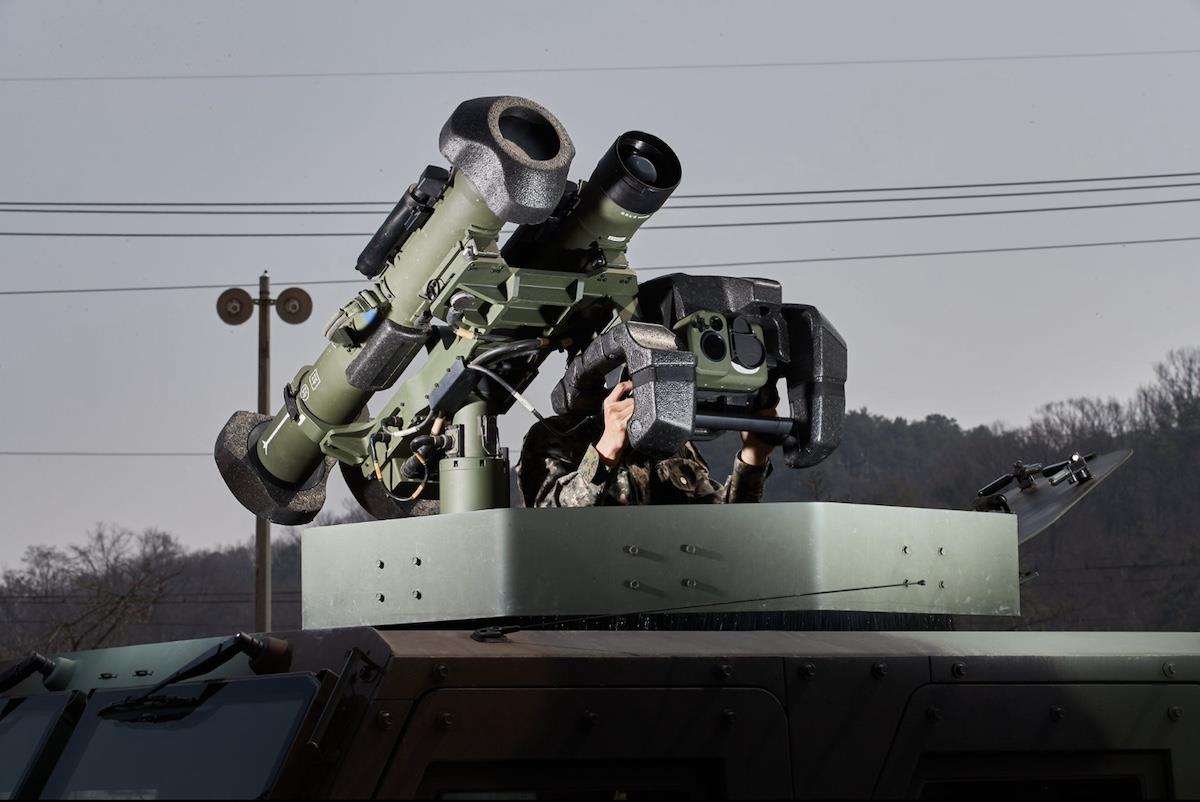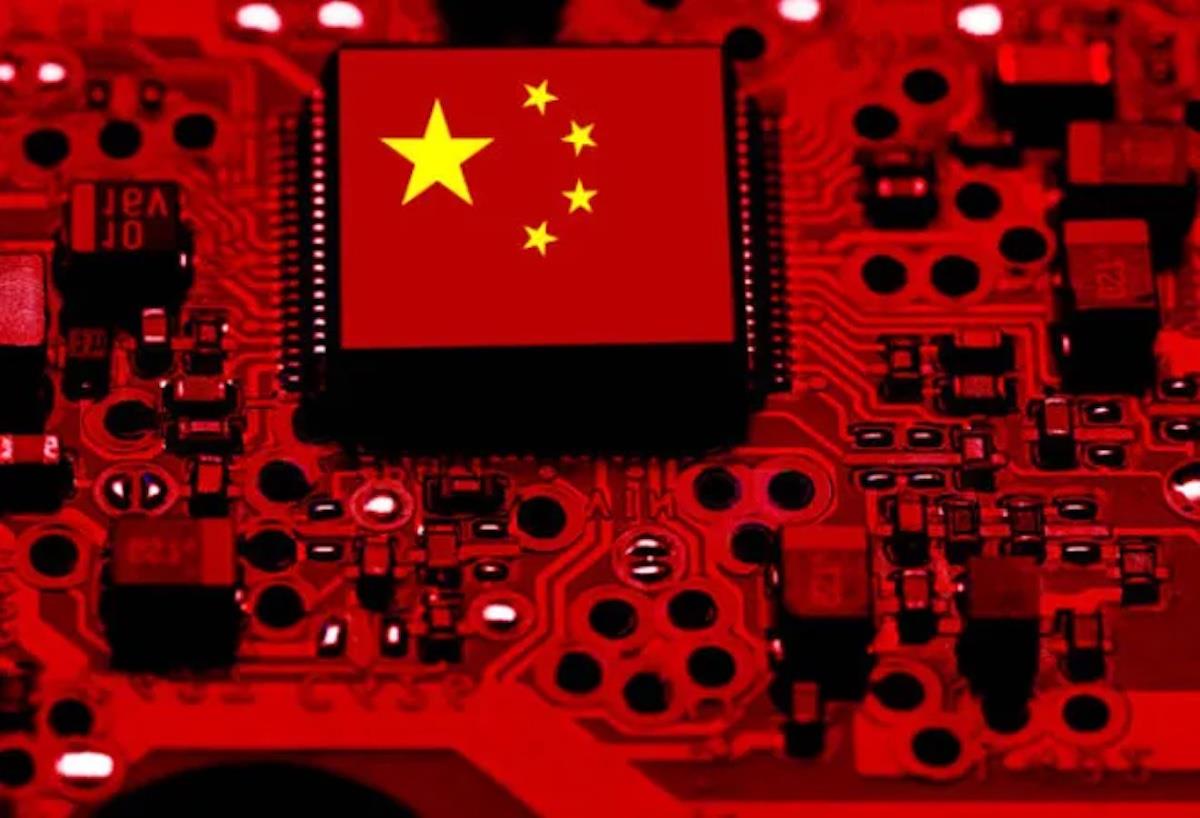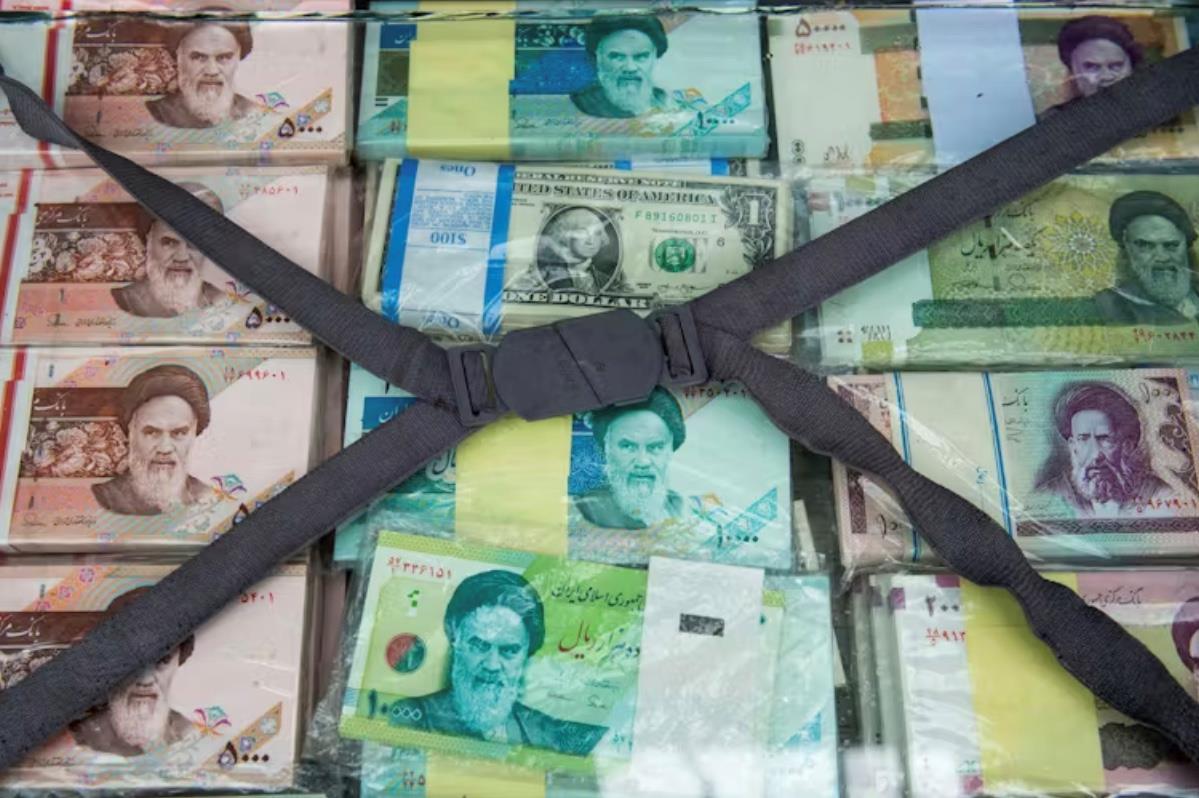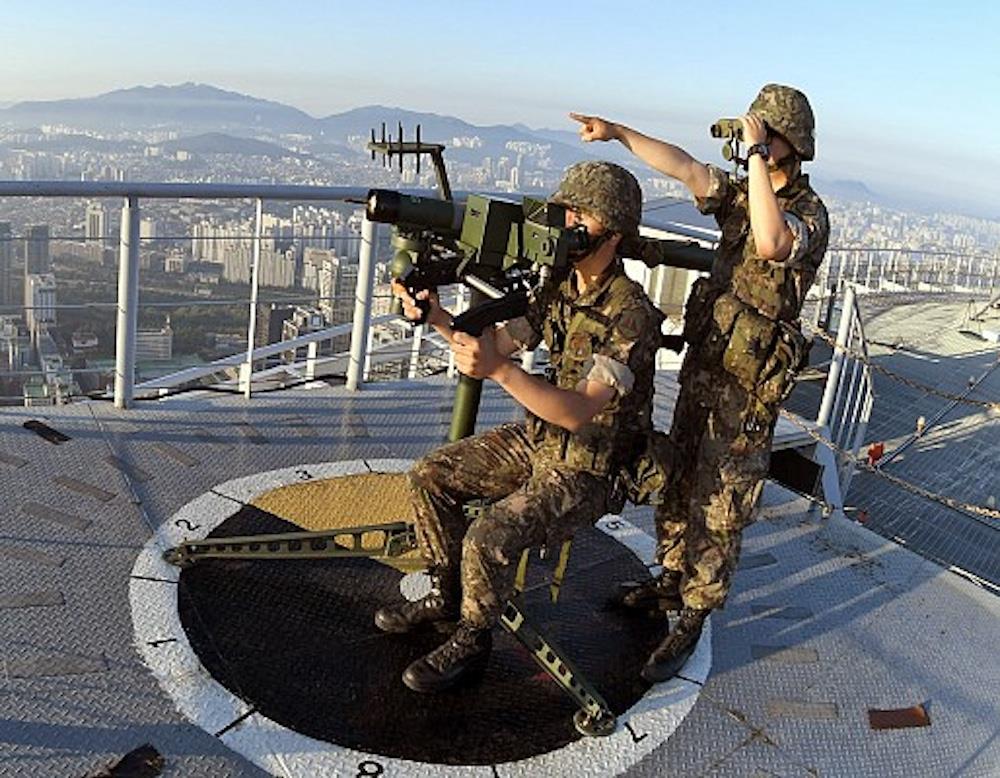
South Korean Arms To Ukraine As A Three-Course Meal
The rethinking process of this policy could be accelerated due to evidence of North Korean armaments being used against both civilian and military Ukrainian targets, as well as the deployment of Korean People's Army (KPA) soldiers on the frontlines in the ongoing 2022 Russo-Ukrainian War. Understandably, Moscow is prepared to prioritize its relations with Pyongyang over Seoul, with such favoritism likely to endure in the future.
From the Republic of Korea's (ROK) perspective, defense and military cooperation between a Russia desperate to win this war and a Kim Jong Un regime cognizant that it can press for a favorable deal exchanging the North's arms and men for military technologies ranging from missiles to submarines and even nuclear weapons, greatly heighten the potential for destabilization of an already-fragile intra-Korean relationship and brinksmanship in the Korean peninsula.
Accordingly, a previous article made the case for the ROK to supply military aid to Kyiv, citing reasons such as i) upholding the United Nations (UN) norm of Ukraine's right to legitimate self-defense, ii) communicating strong opposition to Moscow regarding any current or future military technology aid to the DPRK, iii) showcasing the efficacy of South Korean“K-arms” amidst a rapidly expanding market share, and iv) establishing the groundwork for the ROK to potentially take up the role of Ukraine's future economic and military-industrial partner.
When Moscow finally crosses Seoul's red line by providing missile and/or nuclear technology to Pyongyang, there should exist political will and security imperatives for the incumbent Yoon Suk Yeol administration to authorize arms shipments for Kyiv. This article offers a three-course culinary comparison to illustrate South Korea's potential arms shipments for Ukraine in the ongoing war.
Appetizer armamentsAn appetizer is a small dish served before the main course to whet the appetite. Similarly,“appetizer” armaments could undertake the form of limited quantities of selected weapons intended to assess suitability and demonstrate effectiveness, thereby whetting the interest of the Ukrainians for its inclusion as part of a future“main course” shipment, or to act as impetus and motivation for other countries to consider for future acquisitions.
Two such South Korean military“appetizers” are the AT-1K Raybolt anti-tank guided missile (ATGM) and the KP-SAM Chiron surface-to-air missile (SAM).
The Raybolt ATGM can either be operated by small teams of soldiers or mounted on light strike or armored vehicles, giving such units the ability to match and out-pace the striking range of tank-mounted armaments. Its infrared-imaging targeting system also increases strike accuracy and lethality, while being suitable for both day and night operations.
Lastly, its warhead is designed for maximum penetration and effectiveness against modern tanks and armored vehicles equipped with explosive reactive armor, which allows the asset to be utilized by Ukrainian soldiers in pushing back against the Russian ground offensive by destroying Russian tanks and armored personnel carriers.

Legal Disclaimer:
MENAFN provides the
information “as is” without warranty of any kind. We do not accept
any responsibility or liability for the accuracy, content, images,
videos, licenses, completeness, legality, or reliability of the information
contained in this article. If you have any complaints or copyright
issues related to this article, kindly contact the provider above.























Comments
No comment